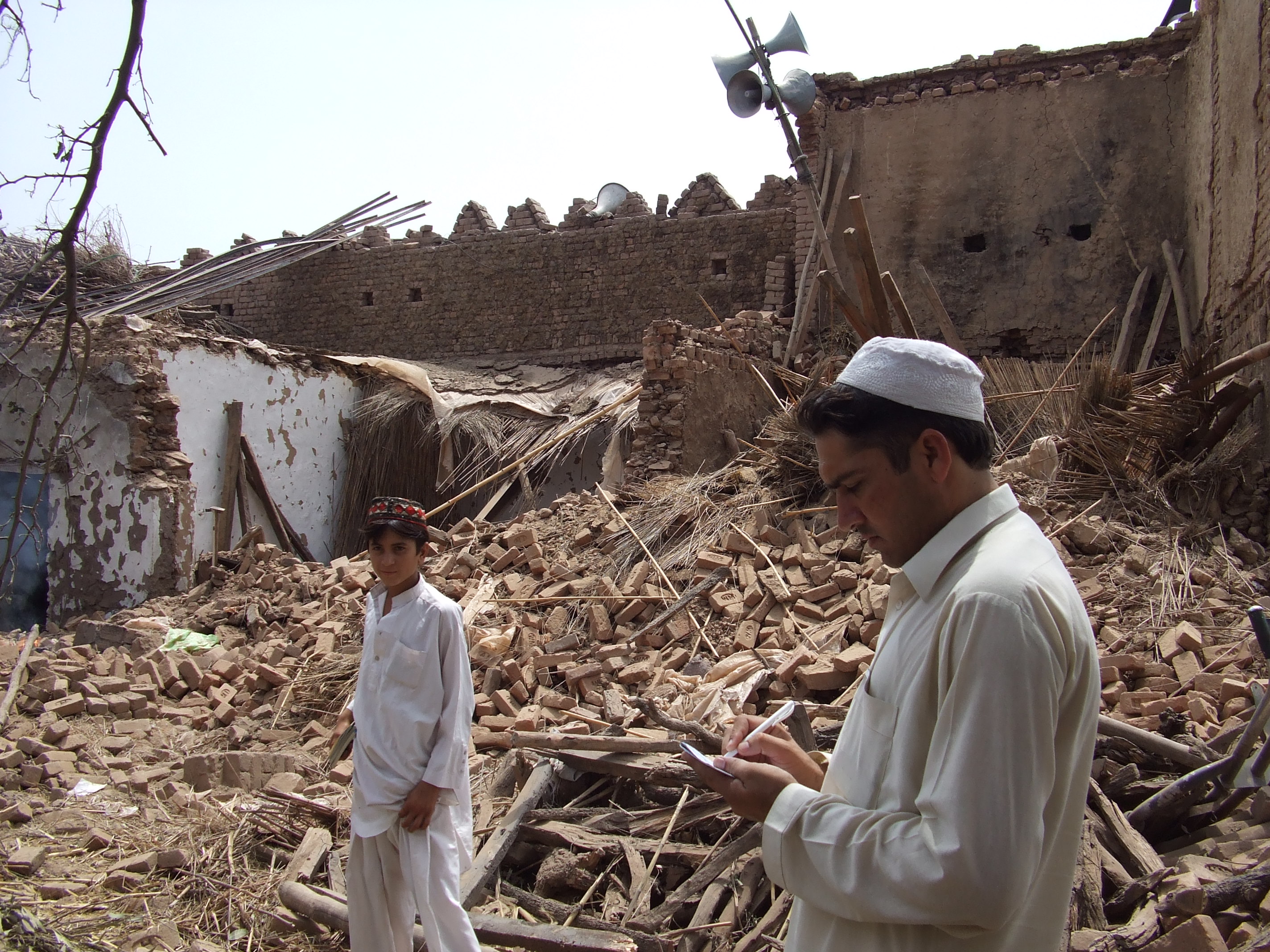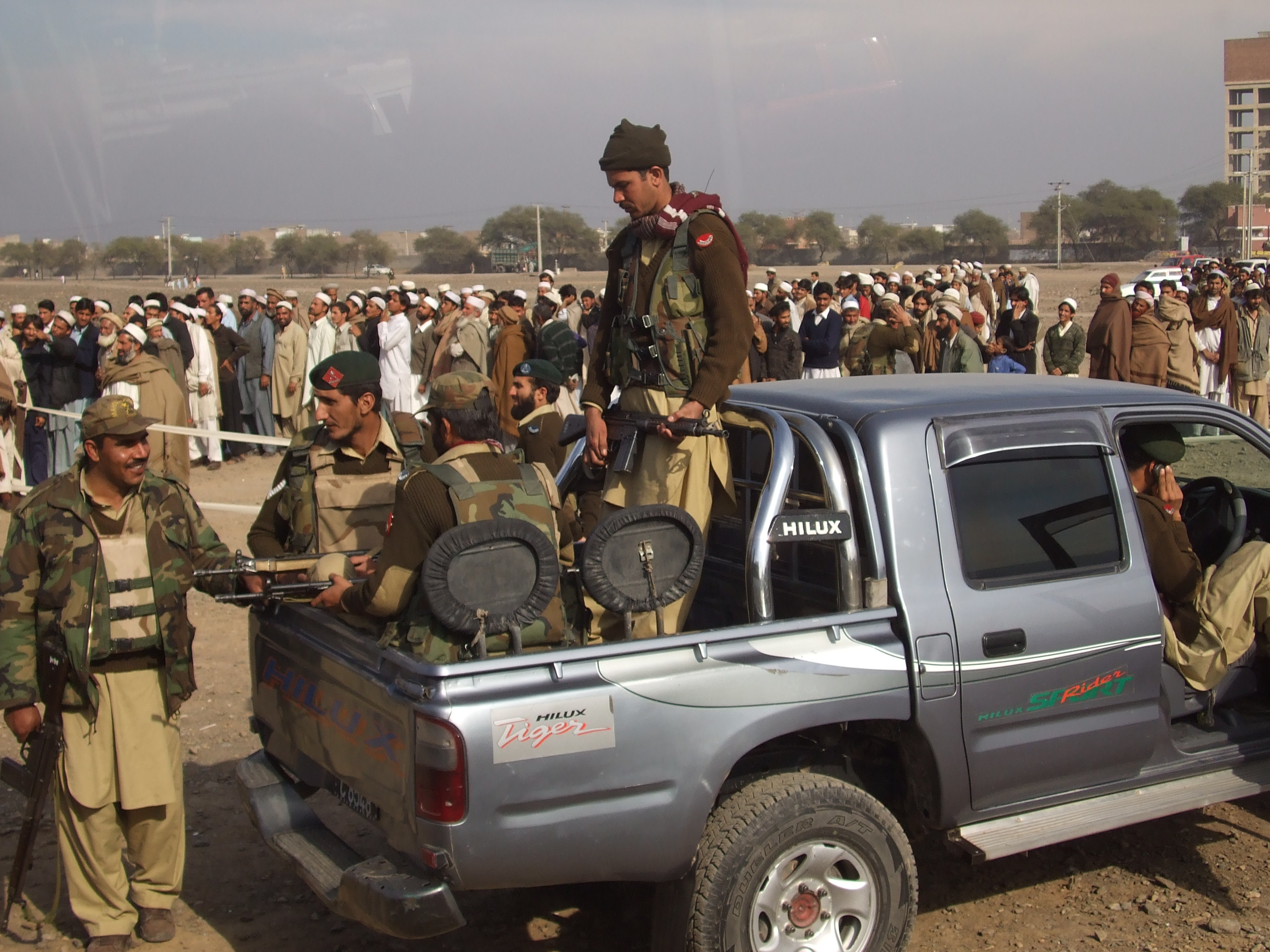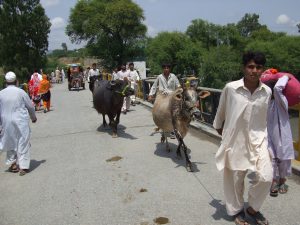After misleading media and the public with false news about his death multiple times, the leader of Pakistan-based Lashkar-e-Islam (LeI) militant group has now been confirmed dead by multiple sources in the Afghan and Pakistani governments and the Taliban.
Bagh, who was also known as Haji Mangal Bagh, had been hiding across the border in eastern Afghanistan since 2014, the year Pakistan launched a massive anti-Taliban operation, Zarb-e-Azb, in its North Waziristan tribal district.
The operation was gradually extended to other tribal districts, dislodging several other militant outfits such as the LeI from their strongholds along with shattering the command and control structure of the once dreaded Tehreek-e-Taliban Pakistan (TTP), which was the prime target of the operation.
The TTP is a loose alliance of several armed groups from the trial region comprising seven tribal districts along the Afghan border. It was once seen as a major threat to Pakistan’s internal security mainly because of its widespread terror infrastructure spreading from the rugged tribal region to cities as far away as Lahore in Punjab province and Karachi in Sindh, and its financial resources generated from extortion, kidnapping, smuggling, and charities from the Gulf countries.
Although Mangal Bagh never forged a formal alliance with the TTP and never swore allegiance to any of the TTP chiefs, such as Baitullah Mehsud, Hakimullah Mehsud, or Mullah Fazlullah, he was considered to be a sympathizer.
Also, unlike the TTP commanders and foot soldiers, who had a proven history of fighting across the border against the U.S., NATO, and Afghan forces, Bagh and his men were mostly focused on the Bara and Jamrud region in Khyber tribal district.
Bara is located less than 10 miles from Peshawar, the main urban center in Pakistan’s northwest, and Bagh turned it into his headquarters. For example, his men would impose fines on locals and visitors for not covering their heads, shaving beards, and not attending the mosque five times a day. At one time, Bagh’s men would keep a record of locals not appearing at the mosques for the early morning prayer and then publicly punish them.
Was Bagh a Prominent Jihadi Leader?
Unlike top or even mid-ranking TTP commanders, who were known for their battle-hardened acumen fighting the Pakistani security forces, Afghan forces, and NATO/U.S. soldiers across the border in Afghanistan, Bagh’s track record was less that of a jihadi commander and more a violent armed reformist and an extortionist who was critical of the role of tribal maliks and elders in the tribal society.
He imposed strict Islam for men and women in his area, forcefully stopped the liquor business, and attacked those who resisted, but Bagh never challenged the Pakistani state to demand the implementation of Shariah to the country writ large.
When the Pakistani authorities launched the first operation against Mangal Bagh’s LeI Bara headquarters in June 2008, Bagh simply withdrew his men without presenting any resistance.
I was one of the few reporters who sneaked into Bara and traveled up to the Sipah area, while the so-called massive operation was underway, but never noticed any trace of fighting between the two sides.
The only notable scene came when I witnessed the security forces razing Mangal Bagh’s mud house. Later, after the conclusion of the operation, Bagh was paid a huge sum of money to rebuild the razed structure.

Photo by Daud Khattak, 2008 in Bara
Mangal Bagh’s Emergence as a Commander
With a humble family background, Mangal Bagh belonged to the comparatively smaller Sipah clan of the Afridi tribe in Bara sub-district of Khyber tribal district. The other seven clans include Malakdinkhel, Qambarkhel, Kamarkhel, Zakhakhel, Adamkhel, Akakhel, and Kukikhel.
He did not go to school, but attended a religious seminary for some time. As a young man, Bagh worked as a bus cleaner to support his family. Bagh’s critical views about the tribal maliks were apparently influenced by his impoverished family background. But the change in his religious views happened due to his trips with the evangelical movement, the Tableeghee Jamaat, propagating the Islamic principles.
However, the real shift in Bagh’s mindset came after he came into close contact with Mufti Munir Shakir, a firebrand cleric propagating the Deobandi jurisprudence of Hanafi Islam. Shakir’s main target was his Barelvi rival Pir Saifur Rahman, an Afghan who had come to settle in the Khyber tribal area decades ago.
In 2005, the Mufti and Pir rivalry moved to the airwaves as both launched illegal FM radio broadcasts and continued questioning and targeting each other’s religious credentials. The state was a silent spectator as the Mufti-Pir war of words continued brewing.
During this time, Mufti Munir Shakir founded the LeI and Mangal Bagh joined his group of key volunteers. LeI, however, came into the limelight following the eruption of armed clashes between the followers of Mufti and Pir.
It was after one such armed clash in early 2006 between the followers of the two that the state machinery came into action and ordered both clerics to leave the area. Twenty-five people from both sides were reportedly killed in fighting in the Sur Dand area of Khyber.
Speaking to reporters in Malakdinkhel area of Bara, the commander of LeI, Mangal Bagh, accused his rival group of “supporting terrorists.” He added that the LeI has no “ill-will towards the government.”
As the state banished Mufti Munir Shakir and Pir Saifur Rahman from Khyber, Mangal Bagh emerged as the self-proclaimed head of the Lashkar-e-Islam.

Photo by Daud Khattak, 2008 in Bara.
Military Operations Against Mangal Bagh
Bagh gradually extended his sphere of influence by defeating a rival group, which was later named Ansar-ul-Islam (AI), and using coercion, threats, and force wherever it was needed. In time, he won over the support of a majority of people in the area.
Not only had Bagh started intimidating the people in Bara and Jamrud of Khyber, but he also began extorting businessmen and wealthy people in the city of Peshawar. Apart from settling land disputes and business feuds in his area, people from cities such as Peshawar and Mardan started approaching Bagh for solution of their disputes with rivals, strong rivals in particular.
Bagh’s actions were completely ignored by the civilian and military authorities sitting less than 10 miles away in the center of provincial government in Peshawar until he kidnapped nearly a dozen Christians from the city on June 22, 2008, accusing them of selling liquor and organizing parties with music.
The kidnapped men were later released with an apology, but the kidnapping created rumors about the city being on the verge of a takeover by the Bara-based militant group. To silence the rumors, the Pakistani security forces launched their first operation against Mangal Bagh on June 28, 2008.
Codenamed “Sirat-e-Mustaqeem” or “the straight path,” the first operation was followed by a series of others with comical and dramatic Pashto names, creating both drama and doubt.
One such operation, “Daraghlam” (“Here I come!”) was launched in December 2008. This was followed by another operation in September 2009 codenamed “Bia Daraghlam” (“Here I come again!”) The third in the series was launched on November 24, 2009 with the code name “Khwakh Ba De Sham,” a Pashto expression that means “I will fix you.”
None of these operations achieved the results of defeating or reining in Mangal Bagh. Instead, each displaced thousands of people from their villages and towns, who then came to live in tents or rented houses in the cities.
One common impression of the operation among the locals and city dwellers was that the government was not serious and that the whole hype and fuss was meant to impress the Americans to get more assistance as a partner in the war on terror.
Bagh’s Importance for the Taliban and Future
During all four military operations against Mangal Bagh in 2008 and 2009, he never confronted the Pakistani security forces. However, his men remained engaged in bloody clashes with the rival Ansar-ul-Islam and later Tawheed-ul-Islam groups in the remote Tirah Valley bordering Afghanistan.
Mangal Bagh returned to his Bara stronghold after the conclusion of each military operation. It was the threat from a rival group, the Darra Adamkhel-based Geedar Group of the TTP, and not the security forces, that shifted his headquarters to Tirah Valley from Bara.
Due to his no-war policy with the Pakistani security forces, Bagh was not liked by many of the TTP commanders. His trouble with Geedar Group of TTP in the neighboring Darra Adamkhel was due to his this policy, as well as their dispute over the earning from smuggling routes.
Since his escape into Afghanistan after June 2014, Bagh largely vanished from the militant scene. For some time in 2015, he entered into a loose alliance with the so-called Islamic State (or Daesh) in Afghanistan’s Achin district. Daesh held the remote districts of Achin and Nazyan in 2015. However, Bagh then switched to the TTP, which is also an ally of the Afghan Taliban.
Although he forged an undeclared alliance with the TTP, Bagh’s death is not going affect the group’s operations as he was not among the most active and violent commanders. He was leading a smaller force of 120 to 250 men, mostly from Khyber tribal district and they were mostly engaged in extortion activities.
Although Mangal Bagh may likely be replaced by his deputy Zalla Khan, his death has almost closed a violent chapter in the history of Khyber, a key area connecting Pakistan’s northwestern town of Peshawar with Afghanistan.

































